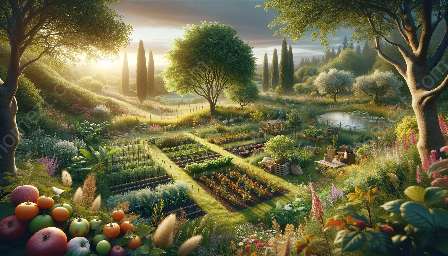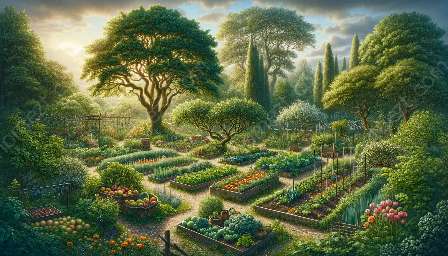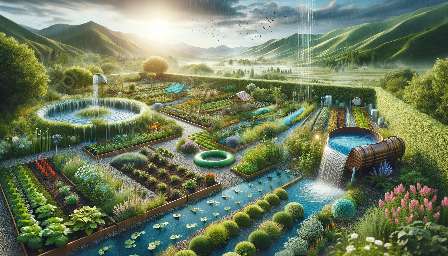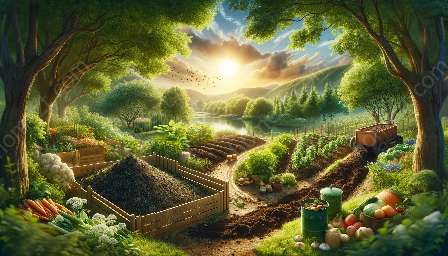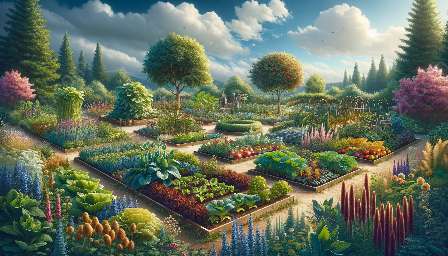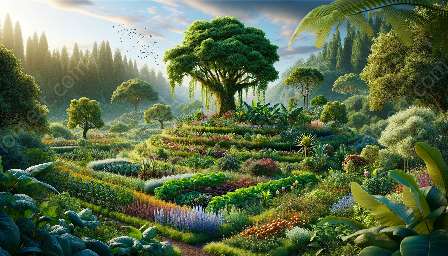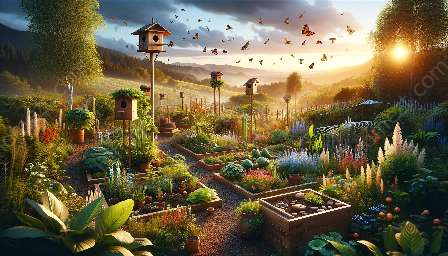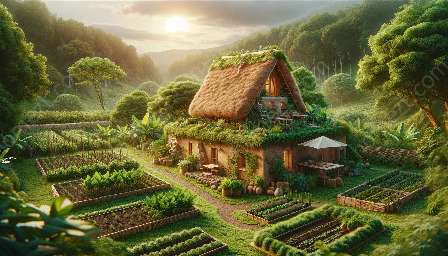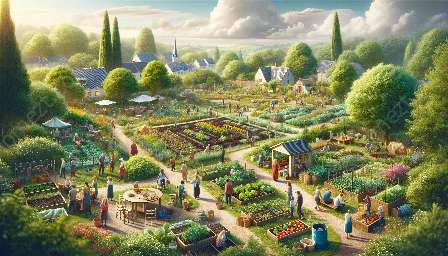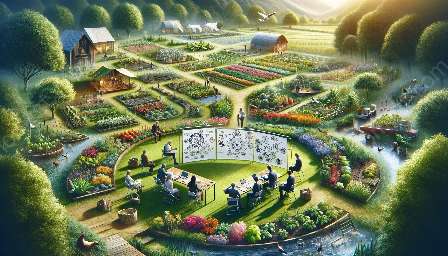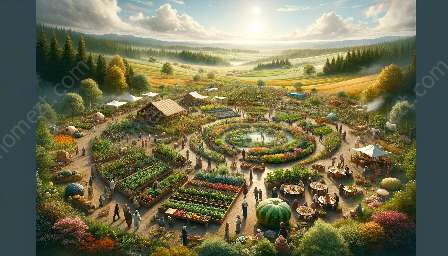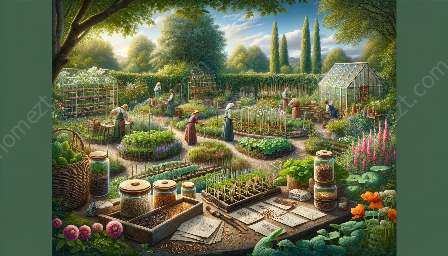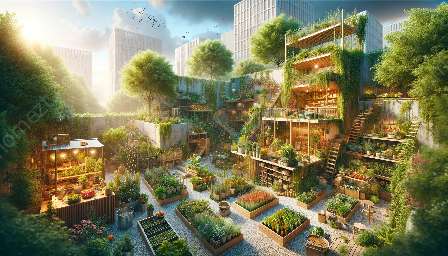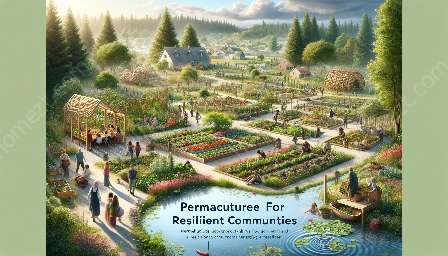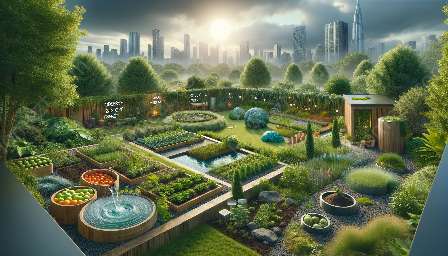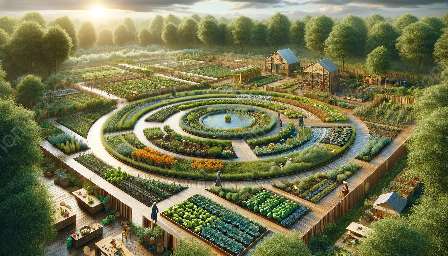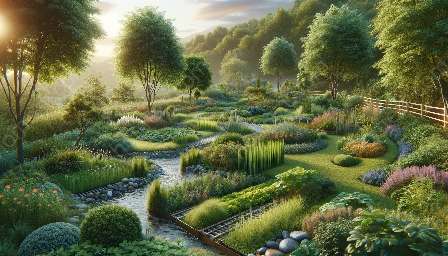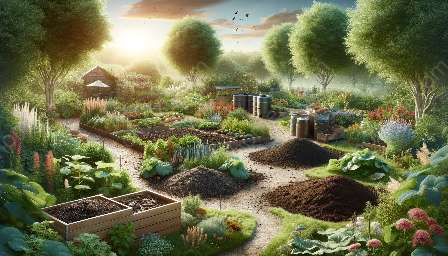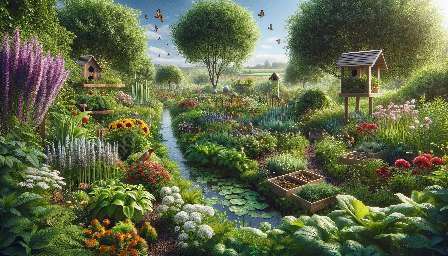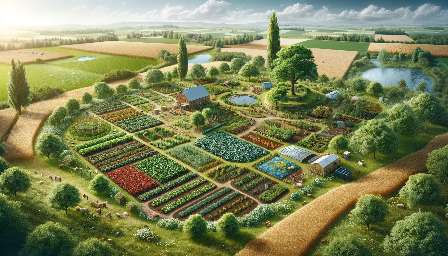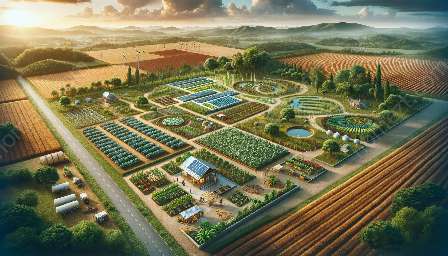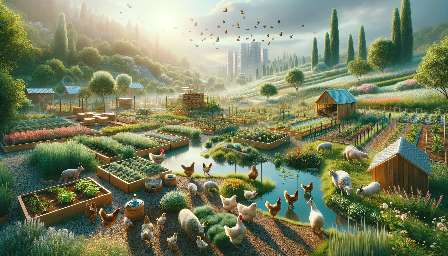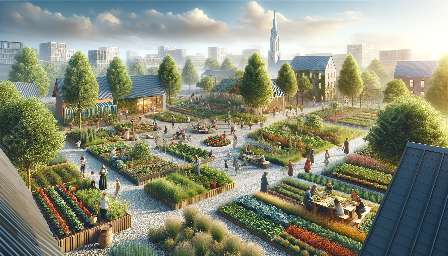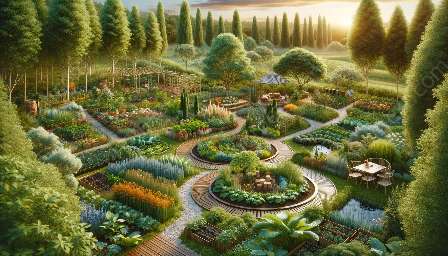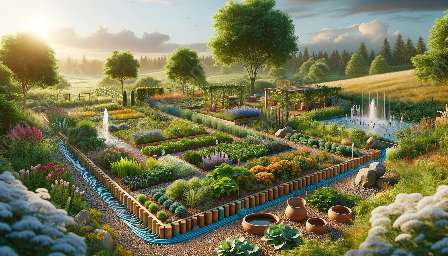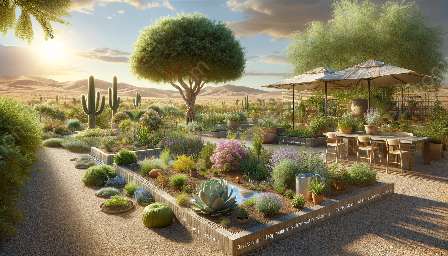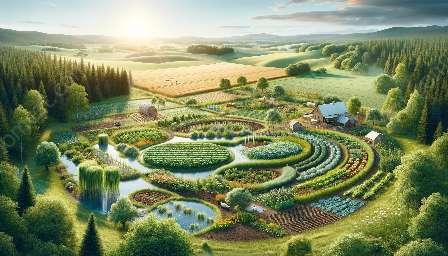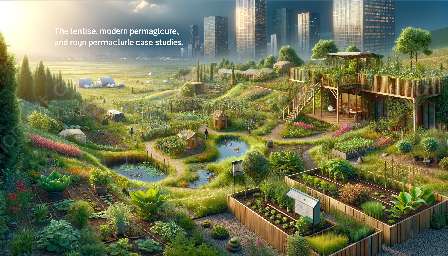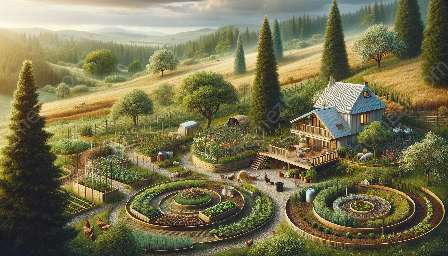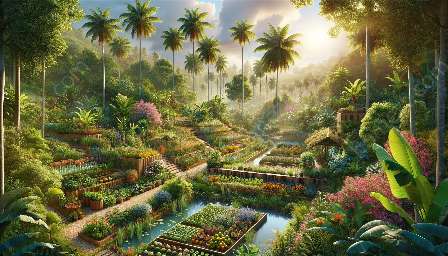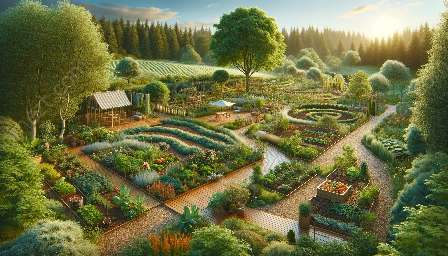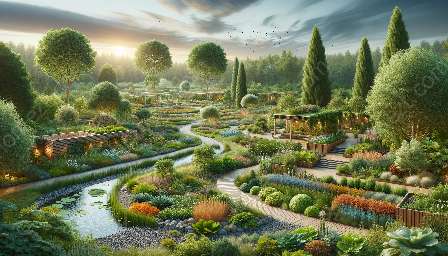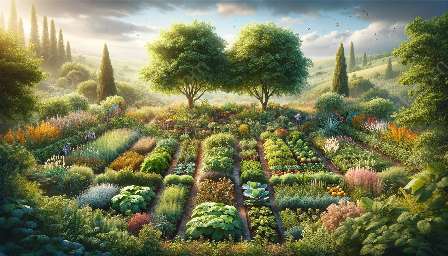Permaculture is an ecological design system that focuses on sustainable agriculture, horticulture, and design. It aims to develop harmonious, integrated landscapes that provide for human needs while benefiting the environment. One of the key techniques within permaculture is the use of plant guilds, which are beneficial plant communities that support each other's growth and provide multiple functions within an ecosystem. In this comprehensive guide, we will explore the principles of permaculture, plant guilds, and their application in gardening and landscaping.
The Principles of Permaculture
Permaculture is founded on three core principles: care for the earth, care for people, and fair share. These principles guide the design and implementation of sustainable systems that mimic natural ecosystems while providing for human needs.
1. Care for the Earth
Permaculture emphasizes the importance of preserving and regenerating the natural environment. By working with nature rather than against it, permaculture systems aim to build healthy soils, conserve water, and promote biodiversity.
2. Care for People
Permaculture seeks to meet human needs sustainably, both in the present and for future generations. It promotes fair access to resources and encourages community involvement in decision-making processes.
3. Fair Share
Permaculture advocates for the fair distribution of resources to ensure that all people can live in dignity while minimizing environmental impact. It promotes sharing surplus yields and limiting consumption to what is truly necessary.
Plant Guilds in Permaculture
Plant guilds are an essential component of permaculture design. They consist of carefully selected groups of plants that work together to create sustainable and productive ecosystems. Each plant within a guild performs specific functions that benefit the entire community, such as fixing nitrogen, providing mulch, attracting beneficial insects, or repelling pests.
Key Elements of a Plant Guild
Plant guilds typically include the following key components:
- Nitrogen Fixers: Plants such as legumes that have the ability to fix atmospheric nitrogen, enriching the soil.
- Dynamic Accumulators: Plants with deep roots that mine nutrients from the soil and make them available to shallower-rooted plants.
- Supportive Plants: Species that provide physical support or act as living mulch to suppress weeds and conserve soil moisture.
- Pest-Repelling Plants: Species that emit natural compounds or scents to deter pests, reducing the need for chemical controls.
- Pollinator Attractors: Plants that produce nectar or pollen to attract pollinators, supporting the reproduction of other plants within the guild.
Creating a Plant Guild
When designing a plant guild, careful consideration is given to the relationships and interactions between different species. By strategically arranging plants based on their functions and needs, a harmonious and self-sustaining ecosystem can be established. The design process involves assessing the specific environmental conditions of the site, identifying the needs of the target plants, and selecting companion species that fulfill those needs. Over time, the guild matures into a resilient and productive community with minimal input from the gardener.
Permaculture, Plant Guilds, and Gardening
The principles of permaculture and the concept of plant guilds can be seamlessly applied to gardening and landscaping practices. By incorporating these principles, gardeners can create low-maintenance, productive gardens that promote biodiversity, conserve resources, and support the surrounding ecosystem.
Gardening with Permaculture Principles
When applying permaculture principles to gardening, emphasis is placed on building healthy, fertile soils, capturing and conserving water, and utilizing organic, regenerative practices. This may involve implementing techniques such as composting, mulching, companion planting, and natural pest control methods to create self-sustaining, resilient garden systems.
Landscaping with Plant Guilds
Landscaping with plant guilds allows for the creation of beautiful, functional outdoor spaces that serve multiple purposes. By carefully selecting and arranging plant species based on their functions and relationships, landscapers can develop aesthetically pleasing designs that offer ecological benefits, such as wildlife habitat, erosion control, and food production.
Conclusion
Permaculture and plant guilds offer a holistic approach to sustainable land use and food production. By understanding and applying the principles of permaculture and incorporating plant guilds into gardening and landscaping practices, individuals can contribute to the restoration and regeneration of the environment while meeting their own needs in a responsible manner.

